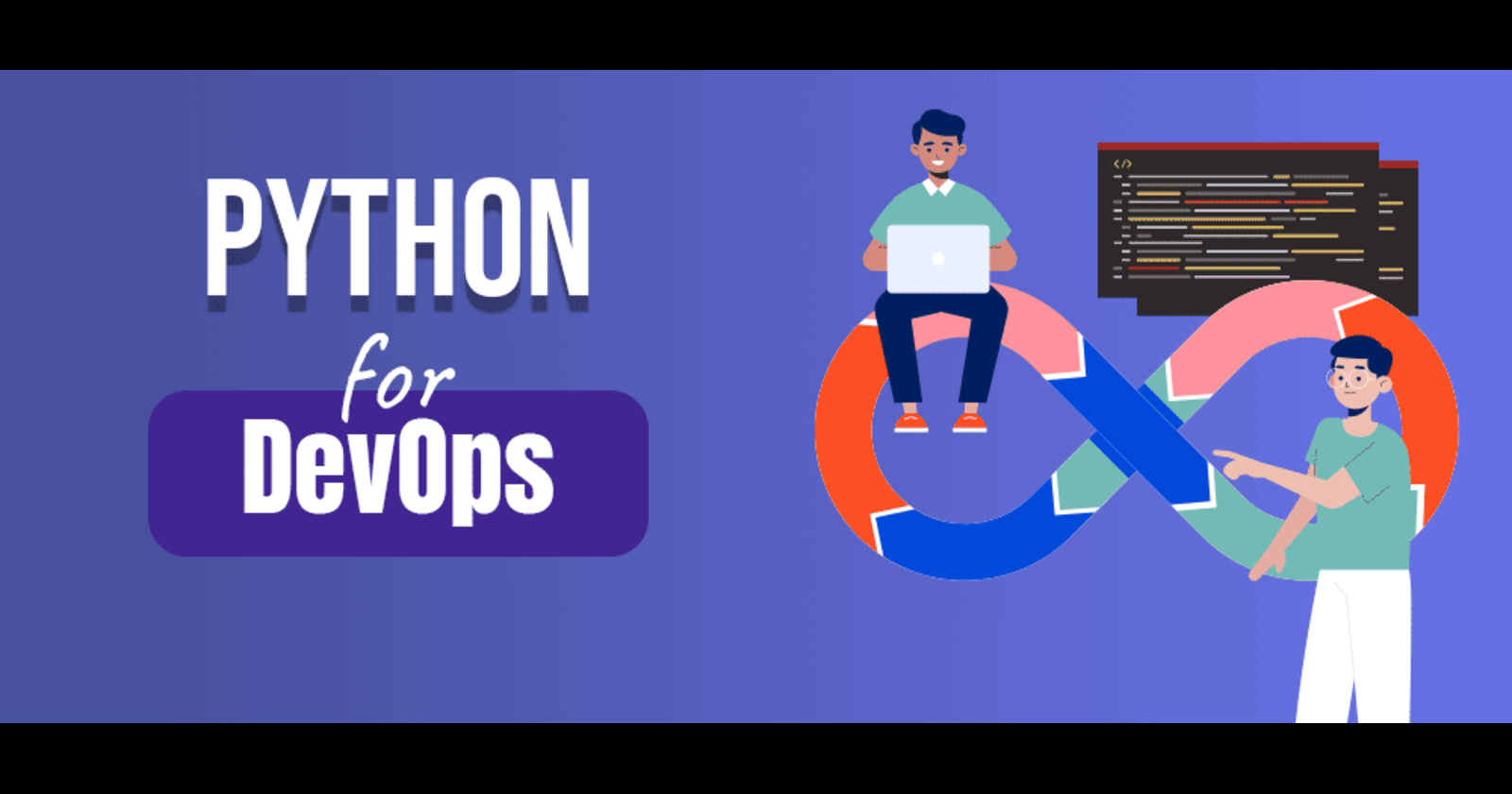Day 13 - Getting Started with Python: A Guide for DevOps Engineers
 Rahul Gupta
Rahul GuptaTable of contents

What is Python?
Python is an open-source, general-purpose, high-level, and object-oriented programming language. It was created by Guido van Rossum and has become one of the most popular programming languages due to its simplicity and versatility. Python's syntax is clear and readable, making it a great choice for both beginners and experienced developers. Additionally, Python boasts a vast ecosystem of libraries and frameworks such as Django, TensorFlow, Flask, Pandas, and Keras, which extend its capabilities to web development, data science, machine learning, and more.
How to Install Python
Python can be installed on various operating systems including Windows, macOS, Ubuntu, and CentOS. Below are the instructions for installing Python on some of the most common operating systems.
Windows Installation
Download the Installer: Visit the official Python website python.org and download the latest version of the Python installer for Windows.
Run the Installer: Open the downloaded installer. Make sure to check the box that says "Add Python to PATH" before clicking "Install Now".
Verify Installation: Open Command Prompt and type
python --versionto check if Python was installed successfully.
macOS Installation
Using Homebrew: If you have Homebrew installed, you can simply open Terminal and run:
brew install pythonVerify Installation: Type
python3 --versionin Terminal to check the installed version.
Ubuntu Installation
Using APT: Open Terminal and run the following command:
sudo apt-get update sudo apt-get install python3.6Verify Installation: Type
python3.6 --versionin Terminal.
CentOS Installation
Using YUM: Open Terminal and run:
sudo yum install python36Verify Installation: Type
python3.6 --versionin Terminal.
Task 1: Installing Python and Checking the Version
Follow the steps mentioned above to install Python on your respective operating system.
Open your command line interface (CLI) and check the installed version of Python by typing:
python --versionor
python3 --versiondepending on your OS and the installation method.
Understanding Different Data Types in Python
Python has several built-in data types that are used to store different kinds of data. Here's a brief overview of the most commonly used data types:
1. Numbers
Integers: Whole numbers without a decimal point. Example:
5,-3,42Floats: Numbers with a decimal point. Example:
3.14,-0.001,2.0Complex Numbers: Numbers with a real and imaginary part. Example:
3+4j
2. Strings
Strings are sequences of characters enclosed in quotes. They can be single quotes ('), double quotes ("), or triple quotes (''' or """). Example:
name = "John Doe"
greeting = 'Hello, world!'
multi_line = """This is a
multi-line string."""
3. Lists
Lists are ordered collections of items, which can be of different data types. Lists are mutable, meaning they can be changed after creation. Example:
numbers = [1, 2, 3, 4, 5]
mixed = [1, "hello", 3.14, True]
4. Tuples
Tuples are similar to lists, but they are immutable, meaning they cannot be changed after creation. Example:
coordinates = (10.0, 20.0)
immutable_data = (1, "fixed", 3.14)
5. Dictionaries
Dictionaries are collections of key-value pairs, where each key is unique. They are also mutable. Example:
student = {"name": "Alice", "age": 21, "major": "Computer Science"}
6. Sets
Sets are unordered collections of unique items. Example:
unique_numbers = {1, 2, 3, 4, 5}
7. Booleans
Booleans represent one of two values: True or False. Example:
is_active = True
is_admin = False
Conclusion
As a DevOps engineer, understanding the basics of Python is crucial for building scripts, automating tasks, and developing logic for various applications. Installing Python and getting familiar with its basic data types is the first step in mastering this powerful language. Stay tuned for more advanced topics and practical examples to enhance your DevOps skills with Python. Happy coding!
Thank you for reading our DevOps blog post. We hope you found it informative and helpful. If you have any questions or feedback, please don't hesitate to contact us.
I hope this helps!
Happy Learning✨
Subscribe to my newsletter
Read articles from Rahul Gupta directly inside your inbox. Subscribe to the newsletter, and don't miss out.
Written by

Rahul Gupta
Rahul Gupta
Hey there! 👋 I'm Rahul Gupta, a DevOps Engineer passionate about all things AWS DevOps Technology. Currently, on a learning adventure, I'm here to share my journey and Blogs in the world of cloud and DevOps. 🛠️ My focus? Making sense of AWS services, improving CI/CD, and diving into infrastructure as code. Whether you're fellow interns or curious enthusiasts, let's grow together in the vibrant DevOps space. 🌐 Connect with me for friendly chats, shared experiences, and learning moments. Here's to embracing the learning curve and thriving in the exciting world of AWS DevOps Technology!